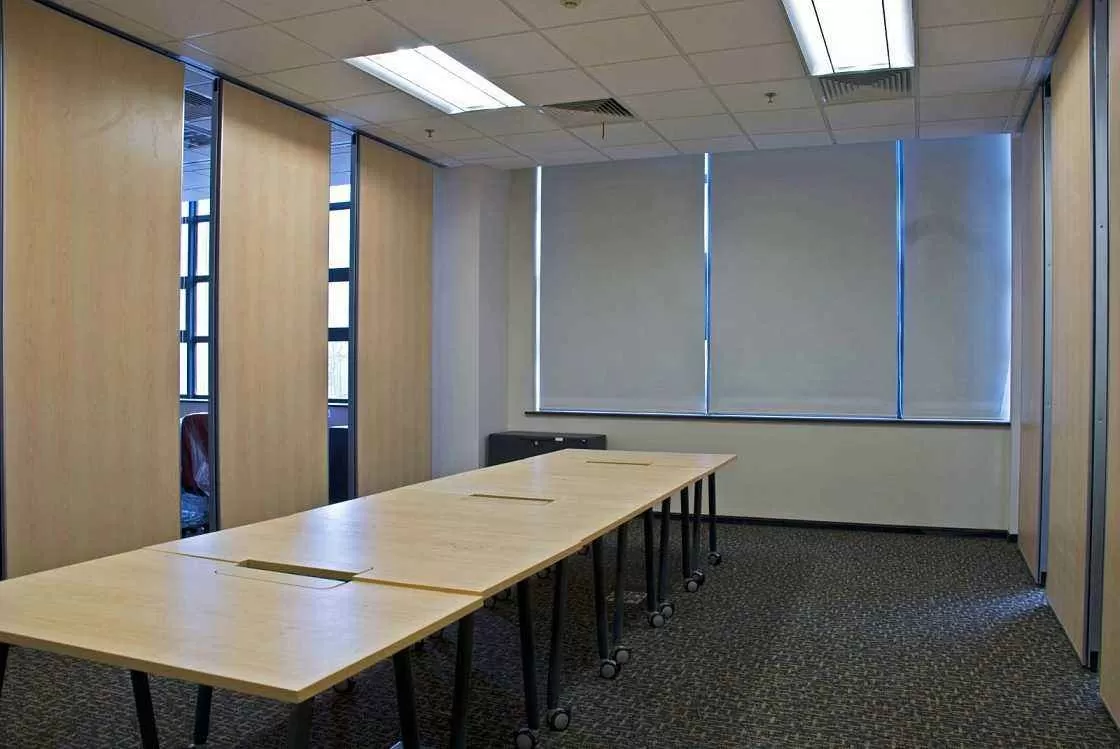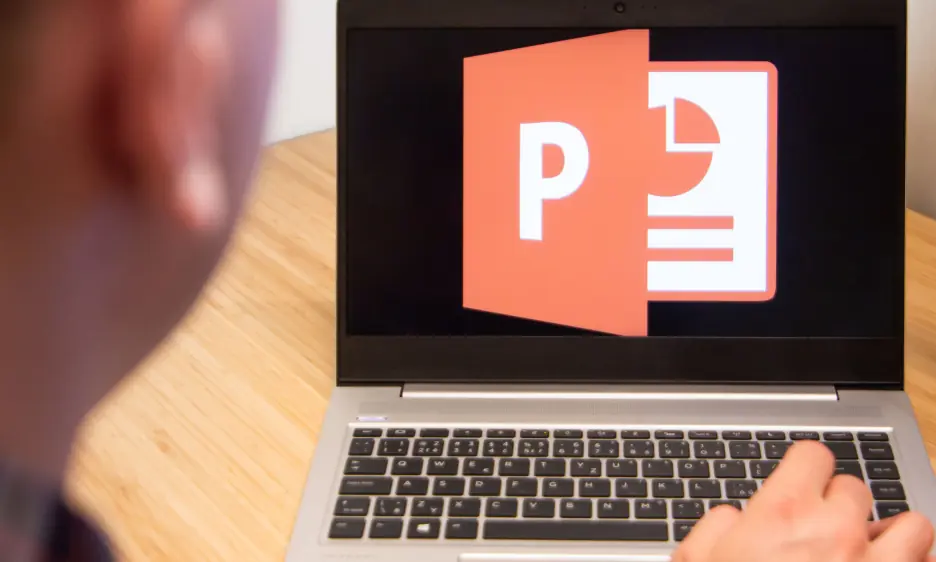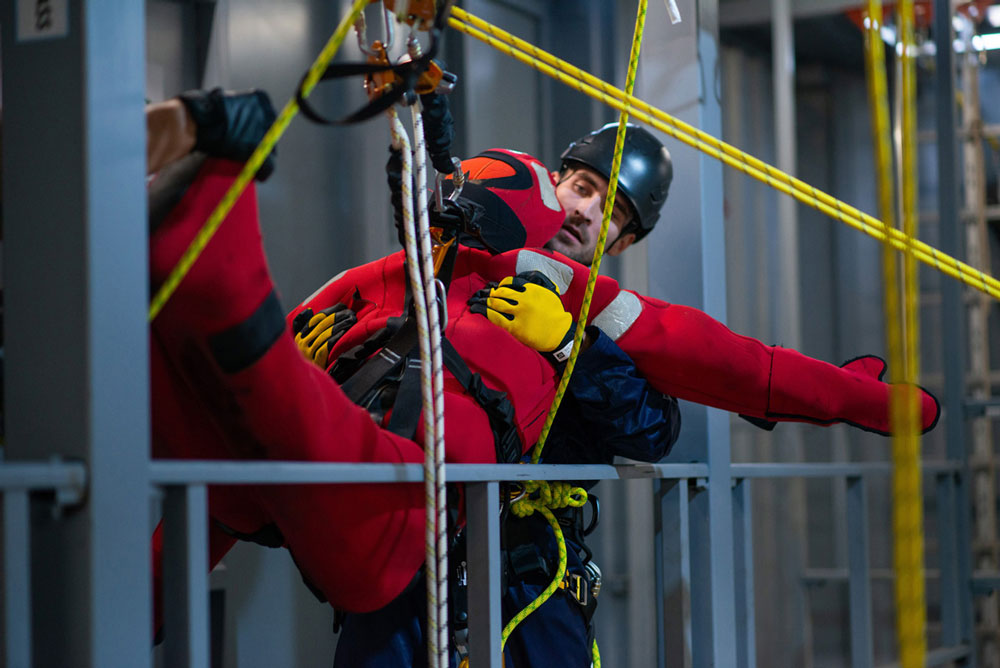Educational videos have become a cornerstone for modern learning, offering a dynamic way to engage and inform. But, how can you ensure that your videos stand out from the sea of content available online? The answer lies in the professional touch. Whether you’re teaching a class, offering online courses, or producing content for a learning platform, the quality of your educational videos directly impacts how effectively your message is communicated. In this digital age, capturing attention is more challenging than ever. The solution? Collaborating with a production agency London that understands how to craft visually compelling, clear, and effective educational content.
Invest in High-Quality Equipment
The technical aspects of video production can significantly impact its quality. Poor lighting, grainy visuals, and muffled sound can all detract from the educational value of your content. A production agency London can help with professional-grade equipment, but if you’re working solo, consider investing in the following:
- Lighting: Proper lighting ensures that your video looks clear and professional. Natural light works well, but for consistency, use softbox lights or LED lights designed for video production.
- Camera: While smartphone cameras can deliver decent results, a DSLR or mirrorless camera can provide higher resolution, better focus, and more control over your shots.
- Sound: Poor audio can be a deal-breaker for educational videos. Invest in a good-quality microphone to ensure clear sound. Lapel microphones are an excellent choice for presenters who are moving around.
Use Clear Visual Aids
Visual aids are crucial in helping viewers grasp complex concepts. Incorporating diagrams, charts, slides, and animations can turn a basic video into a more interactive and engaging learning experience. Tools like PowerPoint, Canva, or Adobe After Effects can assist in creating visually appealing graphics.
For instance, if you’re explaining a scientific process, showing a time-lapse of the process or an animated version of it can clarify difficult points and reinforce your explanations.
Keep It Short and Sweet
Although it might be tempting to provide all the information in one go, studies have shown that viewers tend to engage better with shorter, bite-sized videos. Aim for 5-10 minutes per video, breaking up longer content into multiple parts if necessary. This approach will keep learners focused and allow them to digest the information more easily.
Focus on one key concept per video. Doing so prevents overwhelming the viewer and ensures that the information sticks. Remember, the aim is to educate without bogging the audience down with excessive details.
Incorporate Interactive Elements
One of the best ways to enhance your educational video’s effectiveness is by making it interactive. This can include questions or quizzes that viewers can answer while watching. Using interactive tools can help reinforce the content and keep the audience engaged. Platforms like Edpuzzle allow you to add questions directly into the video for better engagement.
You can also encourage your audience to pause and reflect on key points, or even include prompts like, “What do you think will happen next?” This creates a sense of participation and helps learners retain information.
Edit for Clarity and Pacing
Once the filming is complete, the editing process plays a vital role in enhancing the quality of your video. A well-edited video can smooth out awkward pauses, remove any irrelevant content, and ensure the flow of information is coherent.
During editing, ensure that your visuals and audio are in sync, and use jump cuts to remove unnecessary segments. You can also adjust the pacing of the video to keep it dynamic, making sure each section of the content is engaging. Use background music sparingly, ensuring it doesn’t overpower your voice or distract from the material.
Add Subtitles for Accessibility
Accessibility is a major consideration for educational content. Adding subtitles not only helps those with hearing impairments but also benefits non-native speakers and students who may prefer to read along. Most video editing software, including YouTube’s subtitle feature, can generate automatic captions, but it’s always a good idea to manually check and edit them for accuracy.
Subtitles also make your videos more accessible in noisy environments, allowing learners to watch your content without needing to turn on sound.
Final Thoughts: Deliver with a Professional Touch
Creating high-quality educational videos takes time and effort, but the impact it has on your audience is immense. By paying attention to the technical details, structuring your content effectively, and adding interactive and visual elements, your videos will not only educate but also engage your viewers.
Remember, investing in the right equipment, or seeking the help of a production agency London, can take your videos from good to great. With these tips, you’re well on your way to creating professional-quality educational content that leaves a lasting impression on your viewers.





